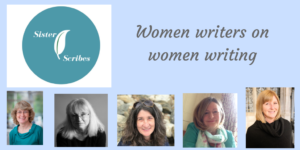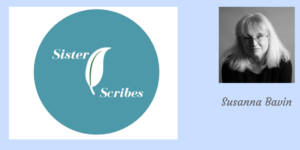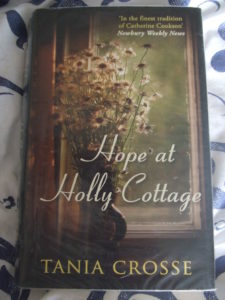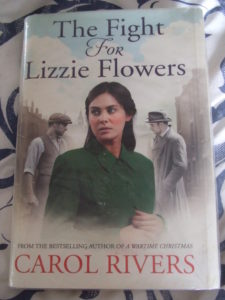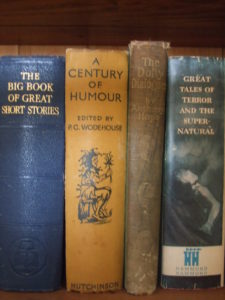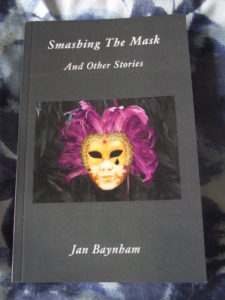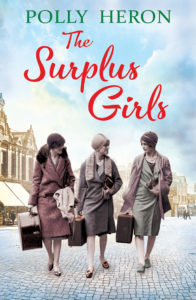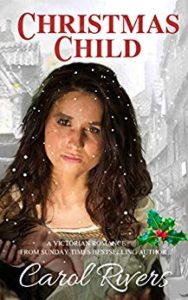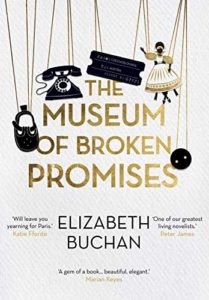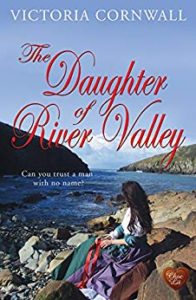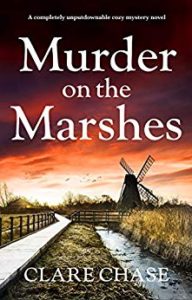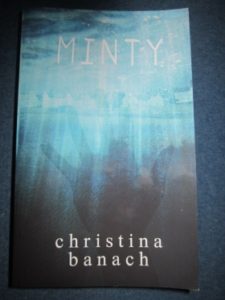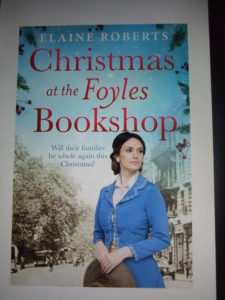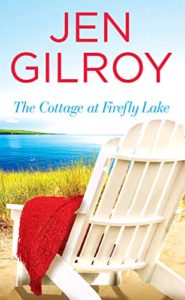Susanna:
 A Cornish Inheritance is an excellent first book in a new saga series. Deceit, tragedy and emotion are the themes in Terri Nixon’s latest novel, set on the beautiful Cornish coast. The characters are drawn in depth and develop throughout the story as each one is tested to the limit. It’s a very twisty-turny plot and you definitely need to pay attention as you get towards the end, but, crikey, is it worth it. This is the first Terri Nixon book I’ve read and now I’m looking forward to reading her Oaklands Manor trilogy.
A Cornish Inheritance is an excellent first book in a new saga series. Deceit, tragedy and emotion are the themes in Terri Nixon’s latest novel, set on the beautiful Cornish coast. The characters are drawn in depth and develop throughout the story as each one is tested to the limit. It’s a very twisty-turny plot and you definitely need to pay attention as you get towards the end, but, crikey, is it worth it. This is the first Terri Nixon book I’ve read and now I’m looking forward to reading her Oaklands Manor trilogy.
Kitty:
I have had a busy reading month, the perks of handing in one manuscript and having the luxury of a longer delivery date for the next so I’ve taken over almost all the reading round up this month.
I’ve been reading Christmas books to get me feeling Christmassy as I begin to write my next seasonal book. This has included re-reading the fabulous Jilly Cooper’s How to Survive Christmas. She can be relied upon to make me howl with laughter and certainly did so with this. This book was originally published in the seventies and updated in the eighties and made me realise how much society at large has changed – particularly as I was reading the tips on not getting too upset over your husband’s mistress – and how glad I am for it.
With the same aim, I raced through Sue Moorcrofts’s Let it Snow. This was a truly enjoyable Christmas read, and I loved reading about the choir as they headed to Switzerland, the country was beautifully described and created a detailed picture in my mind. I also really enjoyed the family dynamics within the story (a big plus for me to see ME mentioned empathetically) alongside the romance and this book gave me all the seasonal feels.
Finally, I have been so excited about talking about this book, I’ve been recommending it to anyone unfortunate enough to spend five minutes or more in my company.
 You know how every now and again a book comes along and you fall utterly, utterly in love with it? That has happened to me this year with The Authenticity Project by Claire Pooley and I think it will remain on the top of my feelgood reads list for many years to come.
You know how every now and again a book comes along and you fall utterly, utterly in love with it? That has happened to me this year with The Authenticity Project by Claire Pooley and I think it will remain on the top of my feelgood reads list for many years to come.
From the very first page the writing captivated me, and I knew this would be a book to steal my heart. It starts with Julian, an elderly gentlemen who is struggling with loneliness and the façade he uses to cover it. He writes his story in a notebook, leaving it for someone else to pick up and carry on.
The book gets passed from one person to the next and the truth is revealed about people’s real lives, their doubts and fears and how much they are at odds with the way others perceive them. It examines how people struggle regardless of age, class, lifestyle and that we all have burdens to carry. However, it also shows the power of positive human interaction and how small actions can mean so much. It is uplifting and rammed full of optimism, becoming a book about community and support, friendship and love and I defy anyone not to pick it up and be both transported and delighted. If you get the chance to read it, then do. Feel free to shout at me if you don’t fall in love as much as I did.
Happy reading, Kitty x

